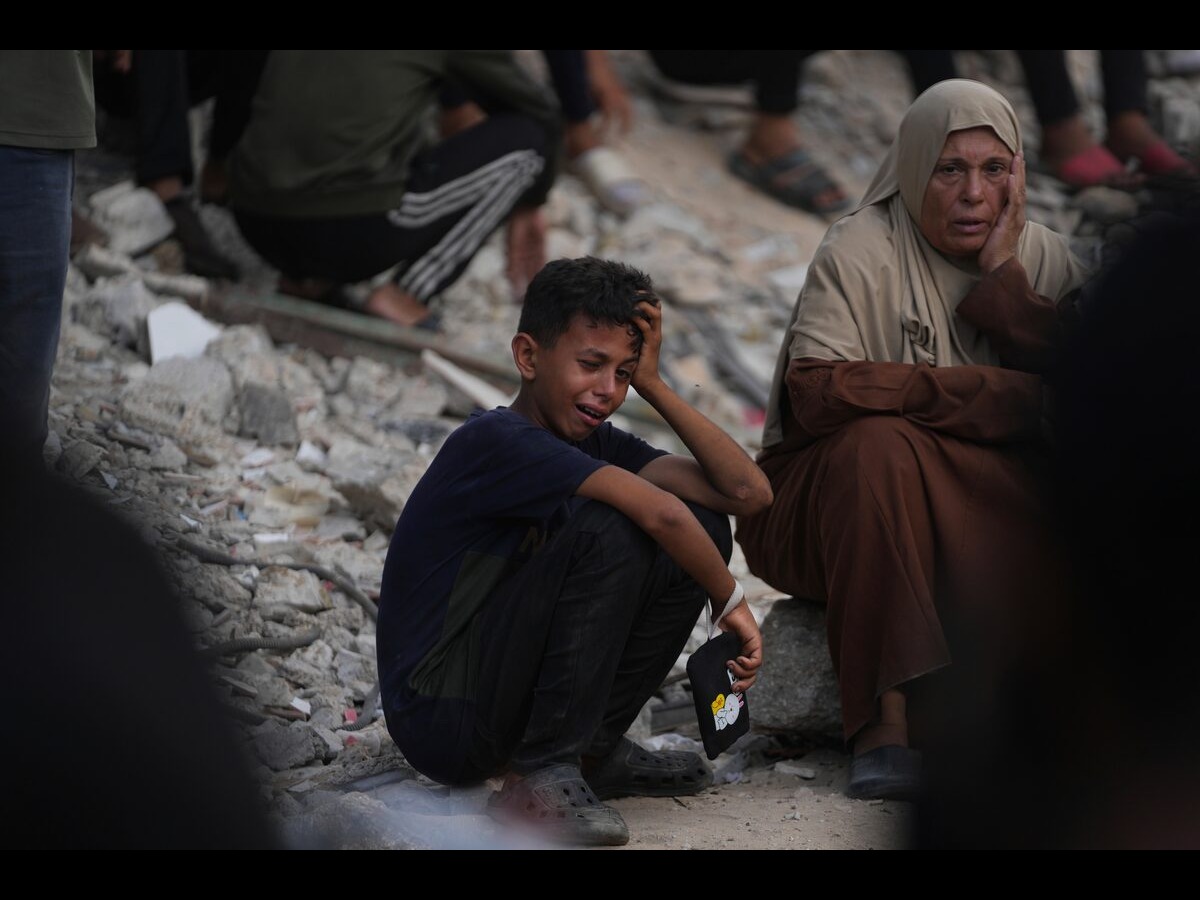Gaza is currently facing a worsening humanitarian crisis as over two million people are suffering from hunger-related issues, malnutrition, and starvation, the United Nations said.
Among the few organizations working in Gaza, the Gaza Humanitarian Foundation, backed by the US and Israeli groups, claims to have given 91 million packets of food to the people.
Reports say the organization has been working in the war-torn city since May this year.
But various experts have raised serious concerns over the quality of food served in the packets.
Let’s find out what the materials found inside a GHF-sponsored food packet are.
More in Quantity But Less in Quality?
While international journalists are completely banned in Gaza by Israel, some media houses managed to get the verified images of food inside the aid packet.
The packet contains eatables such as pasta, lentils, flour, and chickpeas.
Most of these things need water and fuel to cook, and finding both in Gaza is a difficult task currently.
Cooking oil, salt, and sesame paste are also a part of these packets, while some have halva bars inside them.
As per GHF, one packet of these aids will provide around 42,500 calories, and 5.5 people can eat from it for around 3.5 days.
Tea, chocolate, onions, potatoes, and biscuits are also occasionally found in the packet, but none of these have any calorific value.
However, experts have claimed that the packets are devoid of key nutrients, which are necessary to survive.
Is the Aid of Any Use For Gazans?
A professor from the London School of Economics, Stuart Gordon, noted that these boxes might fill the stomach but provide zero nutrition.
He equated the food with first aid, which could be used as an emergency for a short term but is useless for a longer term.
Gordon stated that without the inclusion of key nutrients, Gazans will start facing “hidden hunger,” which could later develop into anemia or scurvy inside the person.
Another expert, Dr. Andrew Seal, said that the packets lack important nutrients such as calcium, zinc, iron, and vitamins such as C, D, B12, and K.
He also noted that young children require more of these nutrients, and so these packets offer little value to children.






